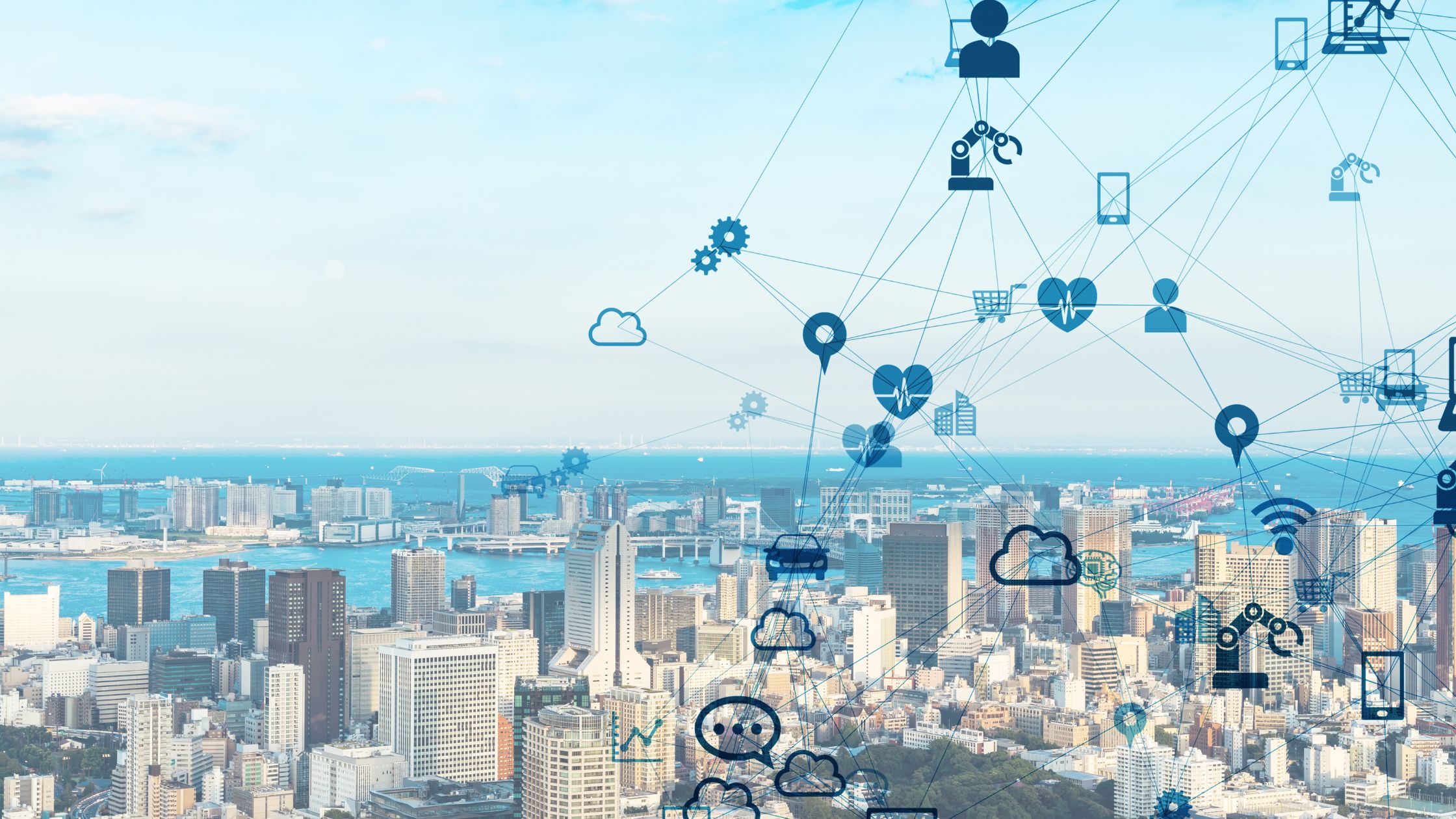Data Collection
Big data generated by sensors account for a large portion of the benefits that smart, connected products (SCP in the scheme) may provide. Sensors (either physically attached to smart things or located nearby to monitor the environment of smart, connected products, processed materials, and so on) play specific roles in data collection.
Components of IoT Architecture
Filtering and Storing Data
Because sensors generate massive amounts of big data on a regular basis, it makes sense to separate the data that can be used for useful insights from the rest of the stream – something that a gateway can do. The filtered data is then sent to the cloud via a cloud gateway. The gateway also forwards commands from control apps to actuators. A streaming data processor distributes incoming data to other solution architecture components.
The data is compiled in a large data warehouse. It makes sense to incorporate a data lake into the solution to collect all of the data that a company intends to use in the future and thus separate potentially useful data from data that has already proven useful.
Controlling intelligent, networked machinery
Smart, connected products can be remotely controlled via mobile and web user apps or control apps (automatic control).
Automatic Control
When sensors generate data that necessitates immediate action control apps send commands to actuators to take corrective action as soon as possible. This strategy saves time and money for everyone involved with a smart, connected product (a vendor, a customer, and, in some cases, a third-party service organization).
Control Manually
When a vendor and a customer (and, in some cases, a third-party service organization) share control over a smart, connected product, and each party has a different level of access to the functionality of the smart, connected product, it makes sense to create separate apps for each party.
The fact that smart, connected production equipment can be controlled remotely via apps raises concerns that third-party users may interfere with the connected things, potentially resulting in unfavourable outcomes. As a result, controlling which devices are connected to the network and who can manage them becomes critical.
Applications for post-processing
Aside from applications that run continuously, there are those that run on a regular basis, such as once a day or once a month, and process data in batch mode. A common example is usage-based billing apps, which “prepare” bills for customers on a monthly basis based on data about how products and services were used.
Analytical Data
Data collected from sensors that passed all filtering stages can be used to uncover usage patterns, detect pre-failure states, and display performance statistics in informative and easily digestible ways (schemes, diagrams, charts).
Machine Learning
An IoT system with machine learning provides models that can improve the functionality of control apps. The models for the control apps are updated on a regular basis (for example, once a week or once a month, depending on the situation) using historical data gathered in a large data warehouse. However, before new models can be used to control a smart, connected product, they must be tested and approved (and, if necessary, adjusted) by data analysts.

Leave a Reply